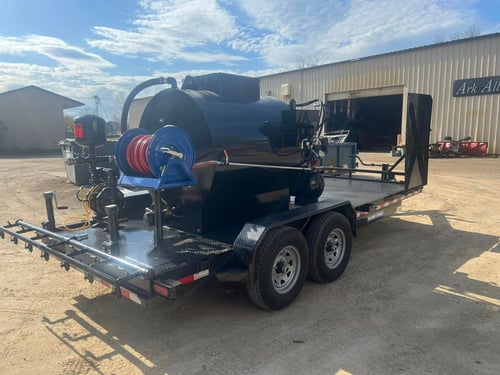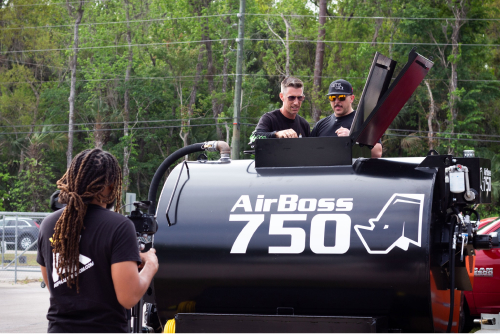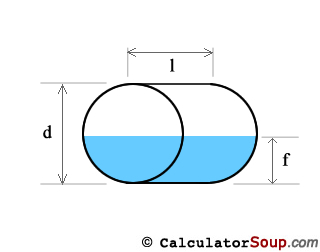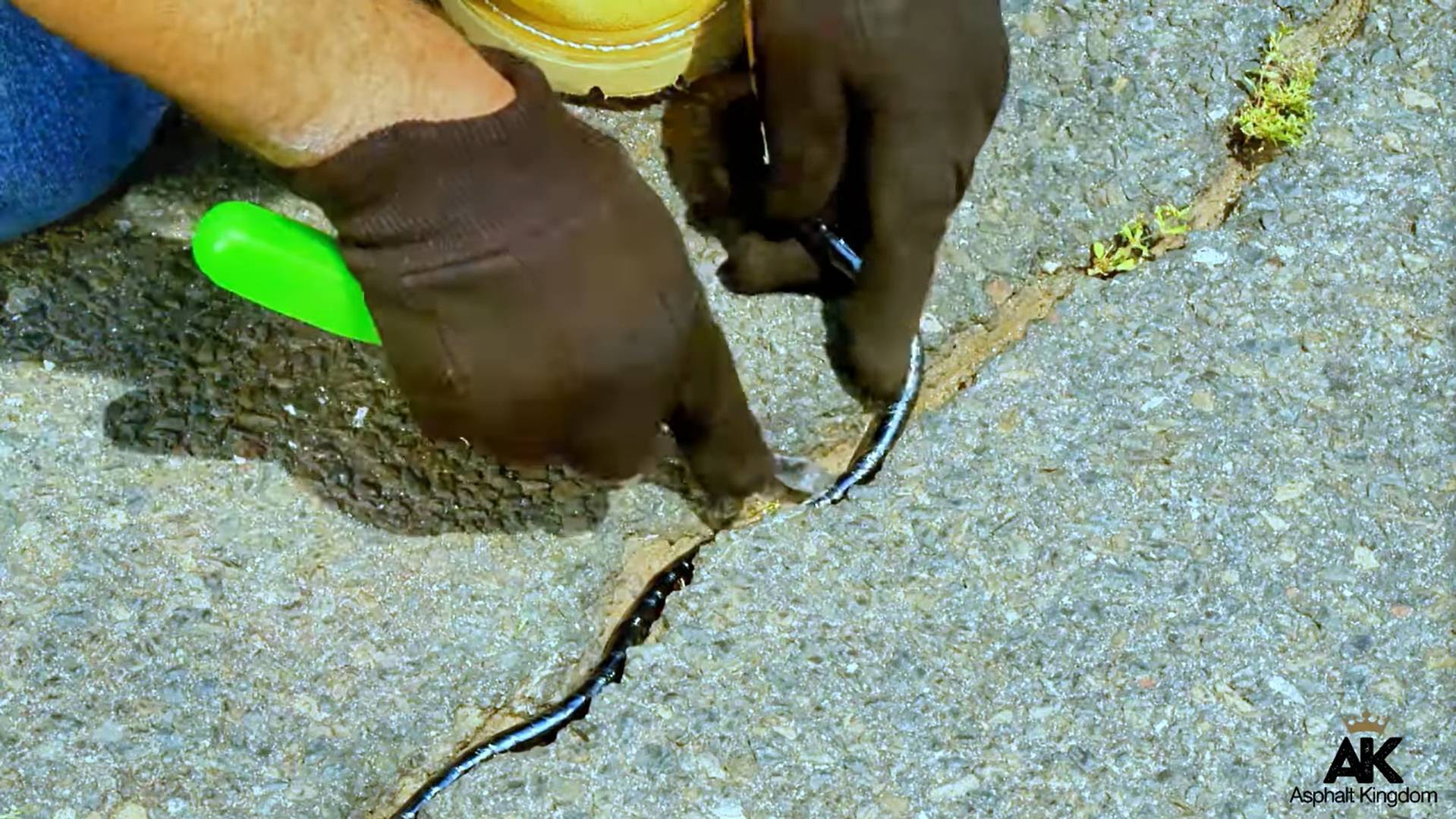In asphalt maintenance, applying a protective sealer is essential for prolonging the life of paved surfaces. For professionals in the asphalt seal coating field, knowing the exact amount of sealer in their tank is crucial for efficient operation and effective planning.
This guide will show you how to accurately calculate your sealcoating tank's volume. We'll use manufacturer-provided tank dimensions, field measurements, and an easy-to-use online calculator.
Step 1: Manufacturer's Tank Dimensions

Your first step is to gather the sealcoating tank dimensions from the manufacturer.
These details usually include the tank's length, width, and height, which give you the basic theoretical capacity of your tank. However, remember that these numbers might not always match the actual volume due to design variations or the way the sealer settles.
Step 2: Field Testing for Real-World Accuracy

To get a more accurate measurement, it's advisable to physically measure the depth of the sealer in the tank. You can do this using a long stick or a measuring tape. This step helps you account for any discrepancies between the theoretical volume and the actual volume, ensuring a more accurate calculation.
Step 3: Simplifying Calculations with an Online Tool

Once you have both the manufacturer's dimensions and your field measurements, you can use an online calculator for a precise estimation. This tank volume calculator is a great place to start. This tool is user-friendly and adaptable for various tank shapes, including cylindrical, elliptical, and rectangular. By inputting the relevant dimensions, you can quickly calculate the sealer volume, aiding in effective planning and decision-making.
Applications of Accurate Volume Calculation
- Winter Storage Planning: As winter approaches, knowing your tank's sealer volume helps determine the number of 55-gallon drums needed for storage, ensuring you have enough supply for future projects.
- Optimizing Sealer with Additives: Precise volume measurements are also critical when adding additives to the sealer. Correct proportions of additives enhance the sealer's properties, like faster drying times, improving overall project efficiency.
- Cost-Effective Operations: Accurate volume calculations prevent wastage and ensure that you have enough material for upcoming projects. This efficiency leads to cost savings and more sustainable practices
- Consistent Quality: Knowing the exact amount of asphalt sealer allows for a uniform application, ensuring consistent quality across all surfaces and extending the lifespan of the asphalt.
Conclusion
Accurately calculating your sealcoating tank's volume is a fundamental aspect of asphalt maintenance. It impacts several areas, from storage planning and additive optimization to cost management and quality assurance.
By following these steps and utilizing the online calculator, professionals can enhance their operations, ensuring efficient and high-quality asphalt maintenance. This guide simplifies the process, making it accessible to both experienced and less experienced individuals in the field.
Need to calculate how much sealer you need for a sealcoating project? Access our free sealcoating calculator here.







-1.jpg)
.jpg)